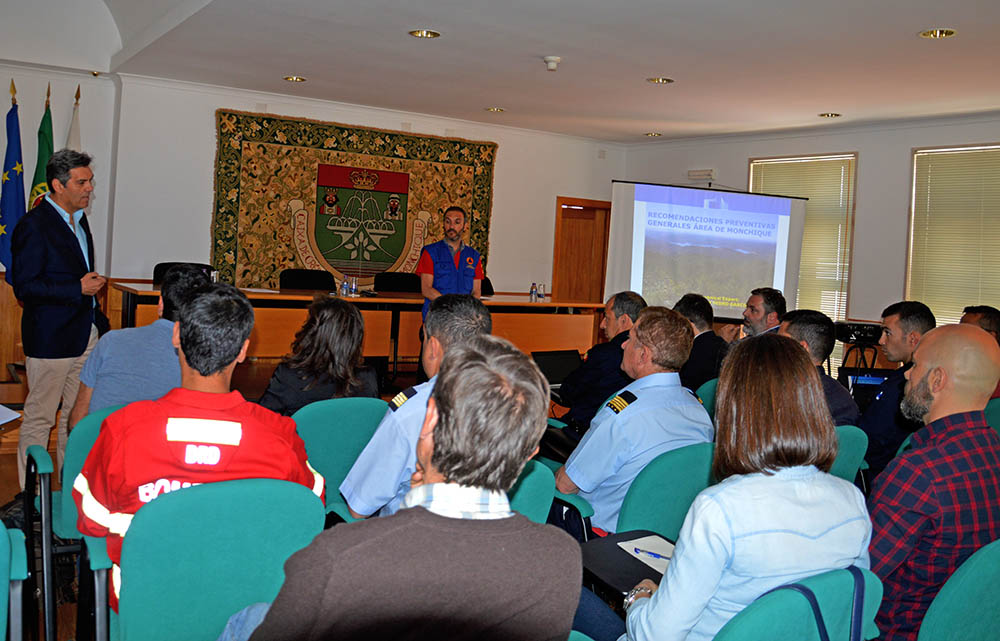 The Government is going to create specific and regionalized incentives «for the conversion of existing forest areas», one of which is destined for the Algarve, announced yesterday, in Monchique, the Secretary of State for Forests and Regional Development.
The Government is going to create specific and regionalized incentives «for the conversion of existing forest areas», one of which is destined for the Algarve, announced yesterday, in Monchique, the Secretary of State for Forests and Regional Development.
These incentives, within the scope of PDR 2020, added Miguel Freitas, are part of the "structural measures" to change the forest and rural space in Portugal, a need that the Government is "giving very clear signals".
"We are going to open regionalized advertisements for the conversion of existing forest areas," he said. In June, these advertisements, through which interested parties can apply for financial support, will be opened for the North region, while «in July, it will be opened for the Algarve».
Such announcements, added the member of the Government, have "criteria adapted to each of the territories, so that we have more candidacies approved".
Speaking to journalists after a session in Monchique, where one of the three Spanish experts who are in Portugal analyzing rural and forest fires under the European Union Civil Protection Mechanism, presented his conclusions about the state of the forest and the prevention of fires in that mountain., the secretary of State added that, within the scope of these "structural measures", a "pilot program for the Interior Pinhal" is already underway, worth 2,5 million euros, to "replace eucalyptus and pine forest with growing species slow".
Another announcement, for which there are 9 million euros, has to do with the "burnt areas in 2016 and 2017, which will not regenerate naturally" and where the "replacement of pine by pine" is expected, said Miguel Freitas.
This support is intended for «areas greater than 50 hectares, only in common lands and forest intervention areas», where «20% of the species must be slow-growing», to create the so-called «mosaic» that the Spanish expert who visited yesterday in Monchique considers it essential to make the landscape “more resilient” to fire.
Miguel Freitas said he was confident that «there are signs that, in fact, we are living a new time in relation to the forest», which is even seen in the «greater relationship between ICNF and the Municipal Technical Offices».
«It is not possible to break all the routines at once, but we started to have virtuous relationships between all entities», he defended.
The Secretary of State also announced that the Algarve, which is the region in the country where there are more Forest Intervention Zones, which bring together owners for the joint management of large areas, is also the region that most applied to the creation of containment strips will soon have an Intermunicipal Technical Office, within AMAL, the Intermunicipal Community that brings together the 16 Algarve Councils. This, he added, will be another step towards a new coordination of efforts at the regional level.
Yesterday afternoon, in Monchique, one took place workshop with the Spanish expert Juan Pedro Garcia Alonso, which was attended by operational elements from the National Civil Protection Authority (ANPC), fire brigades, the GNR and its Intervention Group for Protection and Relief (GIPS), the Institute for the Conservation of Nature and Forests (ICNF) , councilors of Parish Council, municipal technicians and forestry producers. Also present were the Secretary of State Miguel Freitas, the Mayor of Monchique Rui André and Tiago Oliveira, president of the new Mission Structure for the Integrated Management of Rural Fires.


















Comments